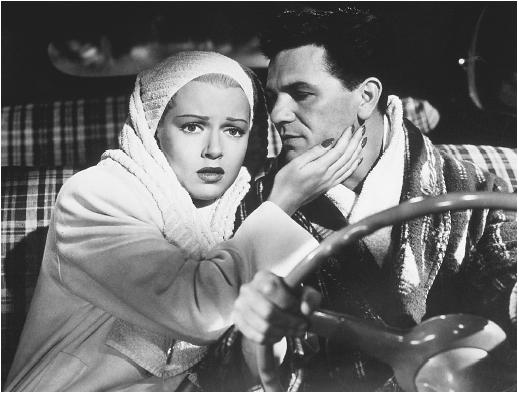
Panic in the Streets
Directed by Elia Kazan
Screenplay by Daniel Fuchs and Richard Murphy
Based on the story “Quarantine and Some Like ‘Em Cold” by Edna and Edward Anhart
Released 1950 by Twentieth Century Fox
Cast: Richard Widmark, Paul Douglas, Jack Palance, Barbara Bel Geddes, Zero Mostel
Panic in the Streets was made at the height of the “Communist witchhunts” by the House Un-American Activities Committee (HUAC) during the 1950s. The atmosphere of a Soviet invasion hung like a sinister sunlight out to burn the brittle epidermises of the American society. It was probably one reason why Elia Kazan decided to helm a film of propagandist paranoia as an appropriate response to the growing unease of the public regarding Communism.
Clinton Reed (Widmark) is a physician who works for the Public Health Service and is an expert in communicable diseases. He wears his military-style uniform as, primarily, a form of intimidation and unmissable fact to proclaim that he is in-charge. Whether that brings him a sense of personal satisfaction, it somehow inhibits him from pursuing a case that is beyond the juridisction the epaulets on his drabs bequeaths him. When a homicide victim turns up to be an index case of a contagious pneumonic plague, Reed is forced to team up with Police Captain Tom Warren (Douglas) to find out who killed the man who, in fact, maybe a carrier of the plague as a result of a direct contact with the deceased.
The film is festooned with undertones of the public suspicion of Communism and Hollywood’s immediate reply to the threat. Interestingly, the virus as depicted in the film is metaphorically the specific ideology meant to contaminate the unknowing public, which during that time, Communism was rapidly gaining the upperhand. It would also be interesting to notice that this will be the last film Kazan will make with Zero Mostel who plays the killer’s sidekick (Fitch); and Barbara Bel Geddes who plays Widmark’s love half, before the two will be blacklisted by the committee. Kazan, on the other hand, would testify at the hearing but will incur the ire of much of his peers.
Originally titled Outbreak, the film emphasizes on the hunt for the killer rather than the ‘what-ifs’. Albeit lacking modern scientific basis for Reed’s monologue at a conference in the early sequence, it still manages to give certain credibility to the main plot which is to make it as a hardboiled police procedural. Kazan’s neorealistic influences provide significant contribution to its development—which, for example, is the choice of location shooting in New Orleans, and the inclusion of most of the city’s citizens and inhabitants in the cast.
Jack Palance, in his cinematic debut, plays the ruthless gangster/killer Blackie, and along with two of his henchmen Fitch (Mostel) and Poldi, unknowingly become the target of the manhunt. The climactic chase scene results in a predictable conclusion, with the top-billed actor getting all the credit. It seems the disparity that exists between the police force and an attached government official has been linked by a thin thread of popcorn drama.
Nonetheless, the film has moments, of course. It visually represents the microcosm of a 1950s New Orleans, where backstreets reveal a hodgepodge of a poverty-stricken populace and endless social canker amidst a milieu of a terrifying would-be medical catastrophe. And despite the facetiousness of the cause for alarm (evidently, pneumonic plague was still considered as an incurable disease during the early to the middle part of the 20th century—though rare cases are continued to be reported), it manages to instill widespread terror. Furthermore, Kazan’s handiwork on the film is a fitting prelude to his award-winning On the Waterfront, shot four-years later.



